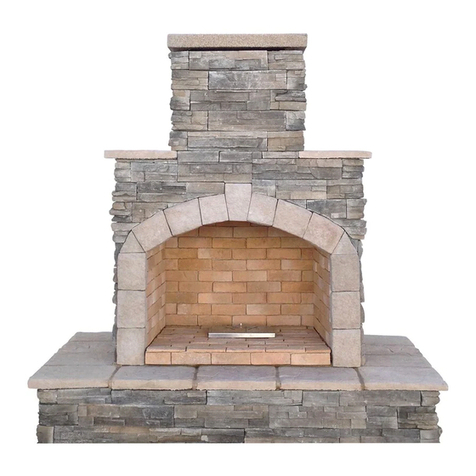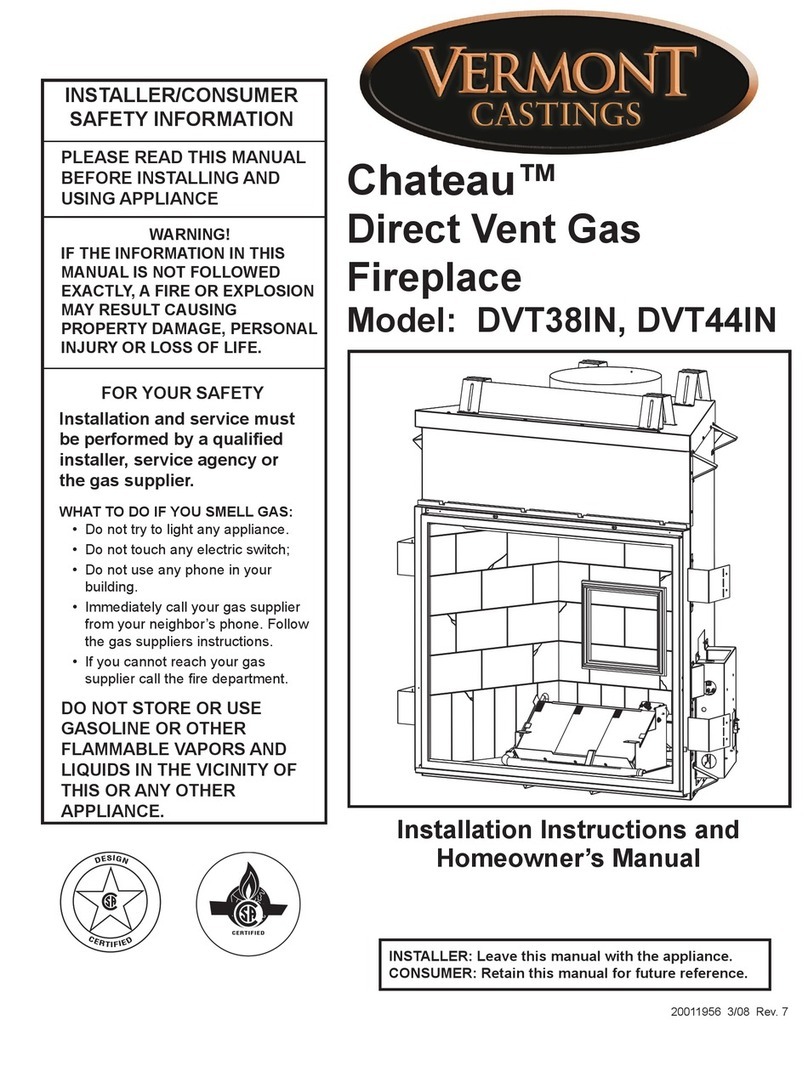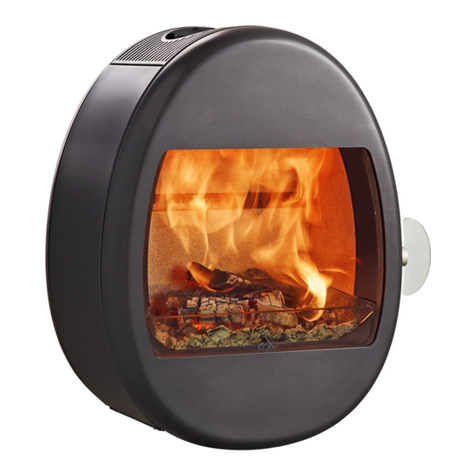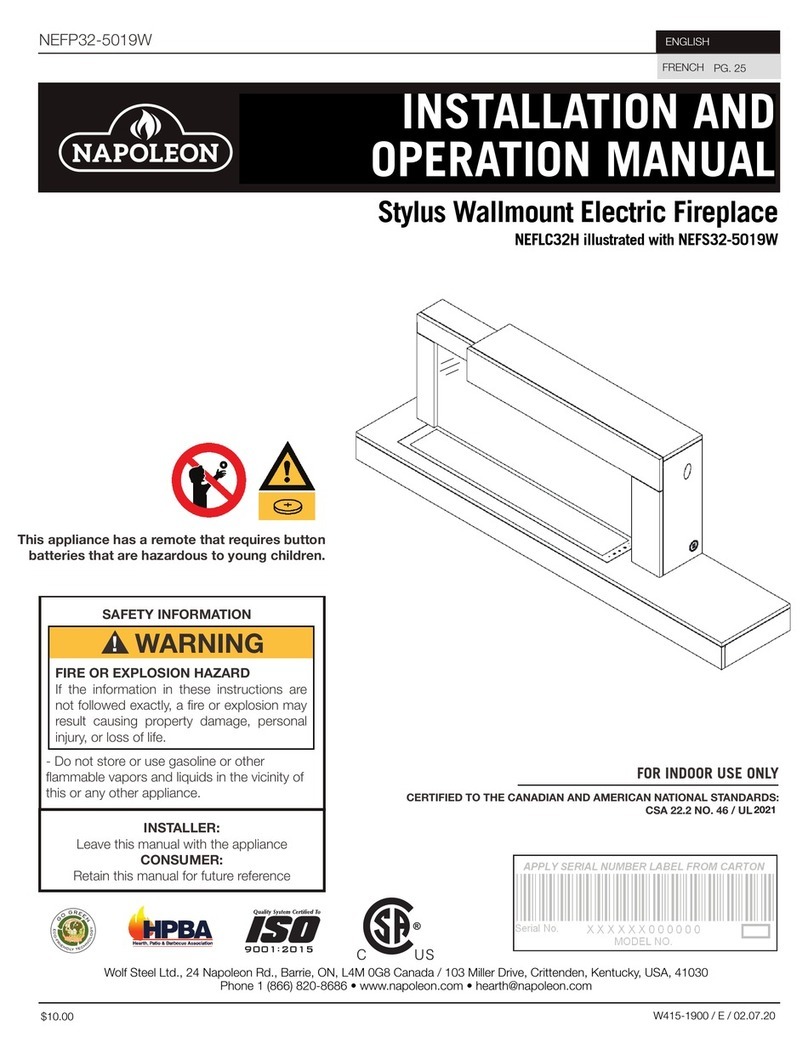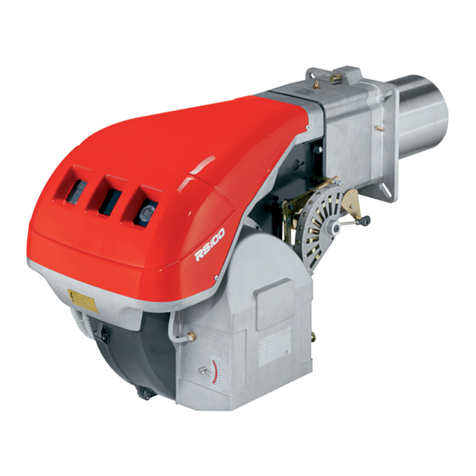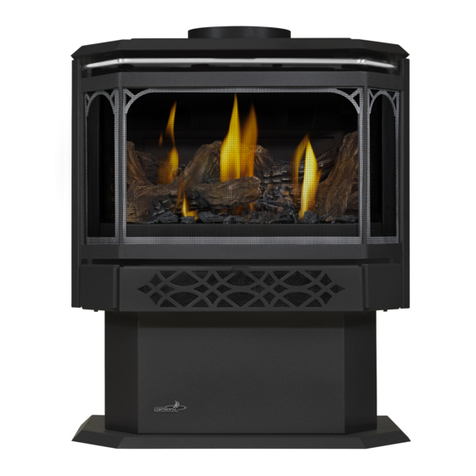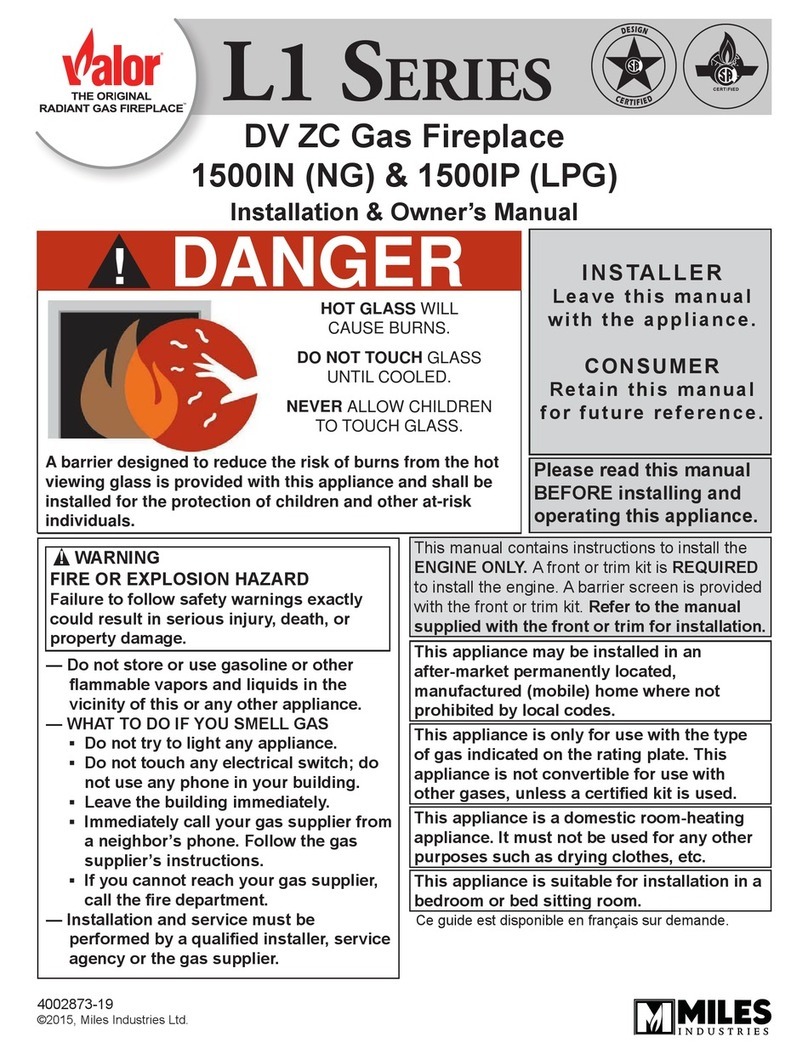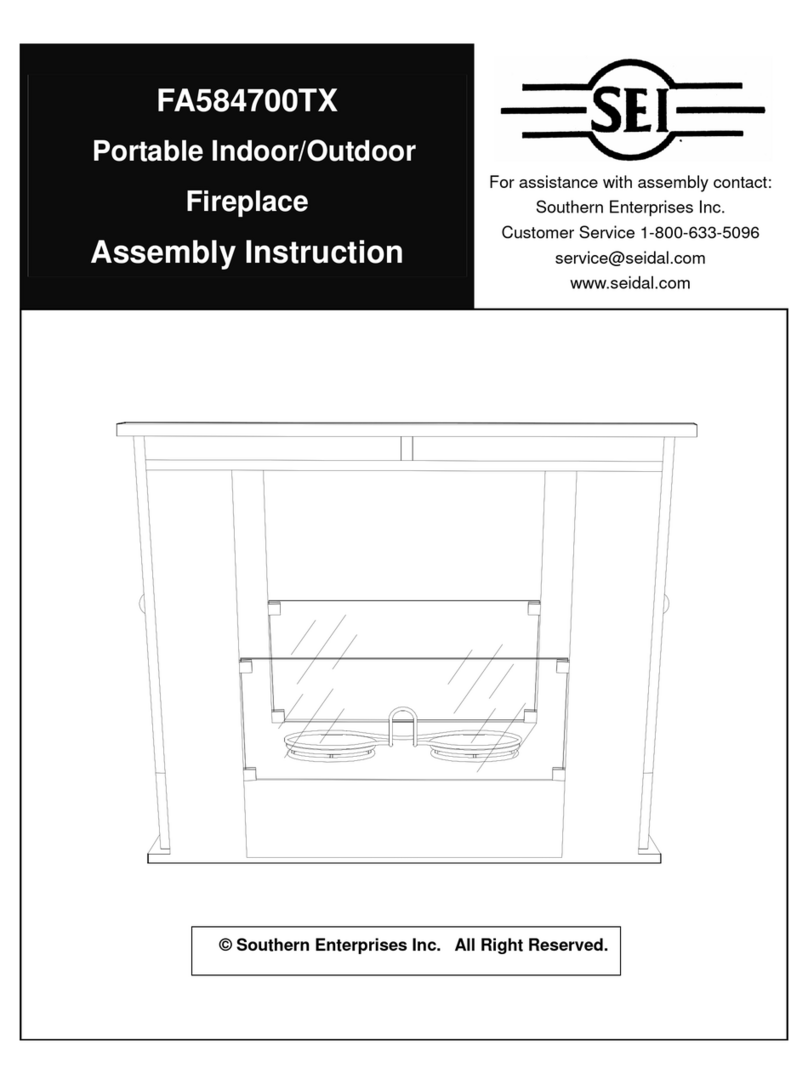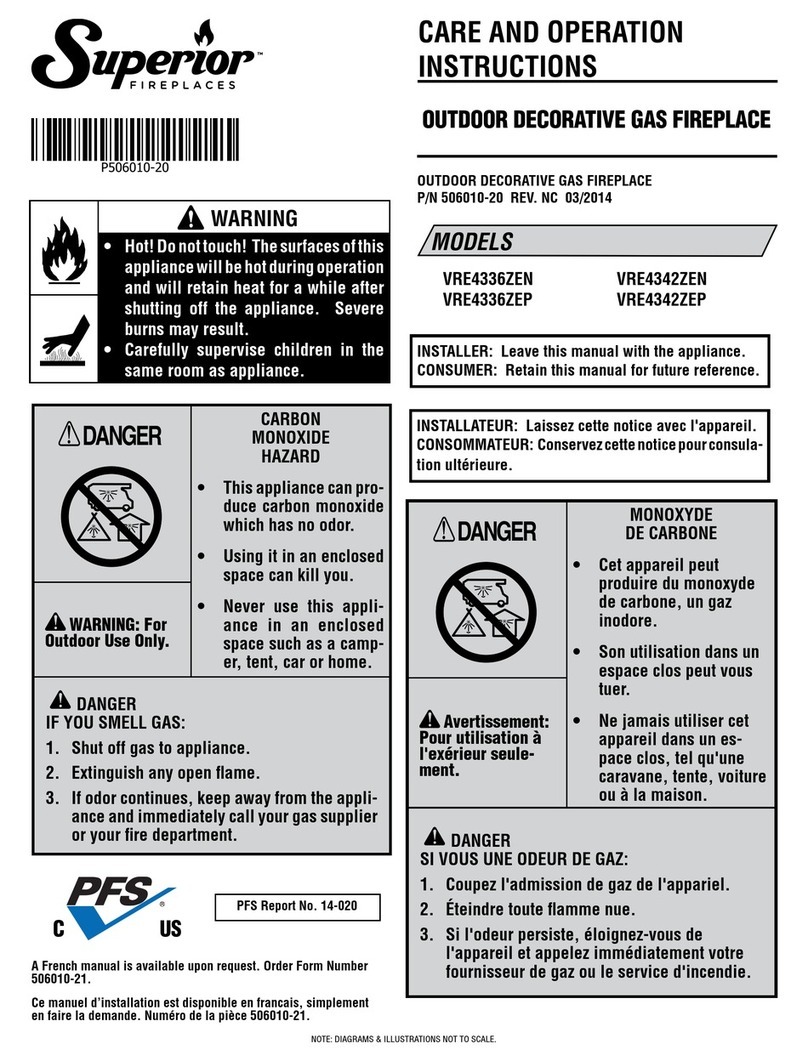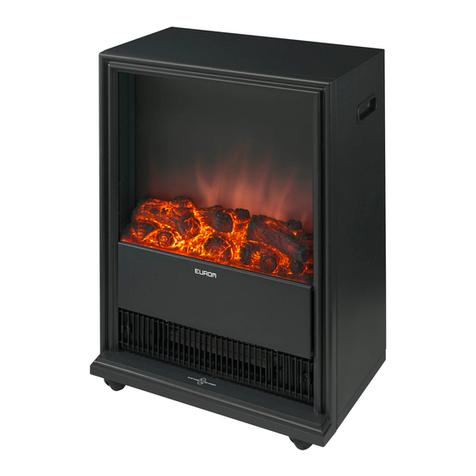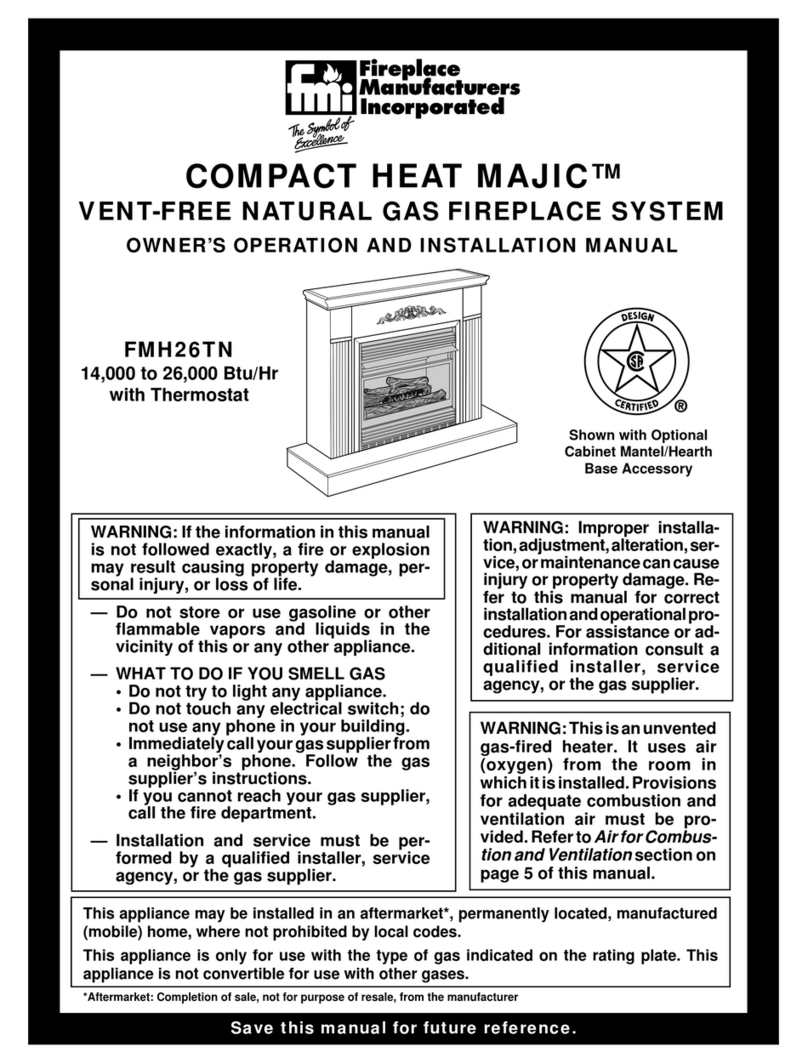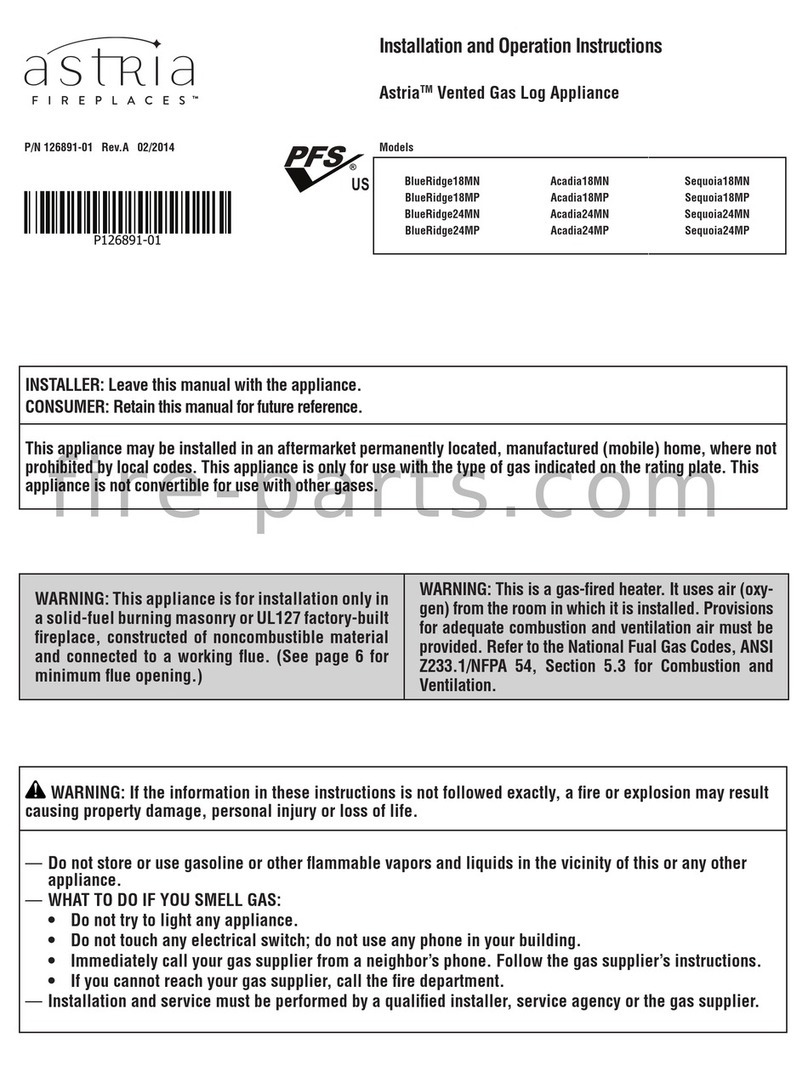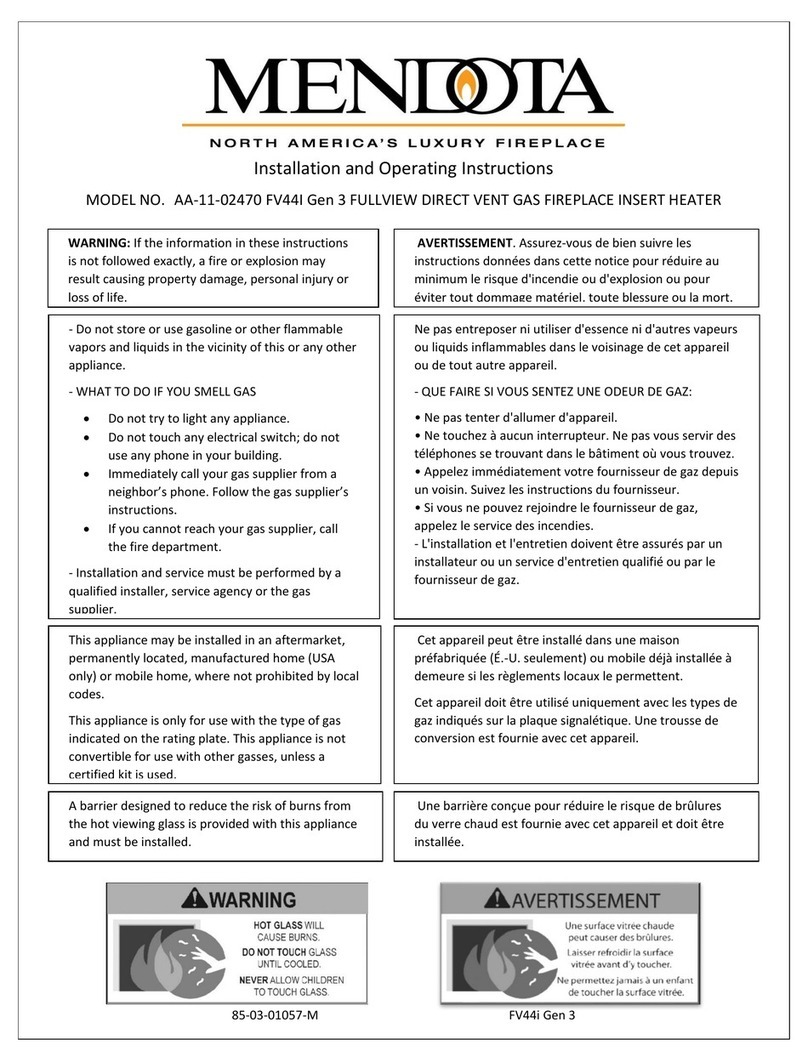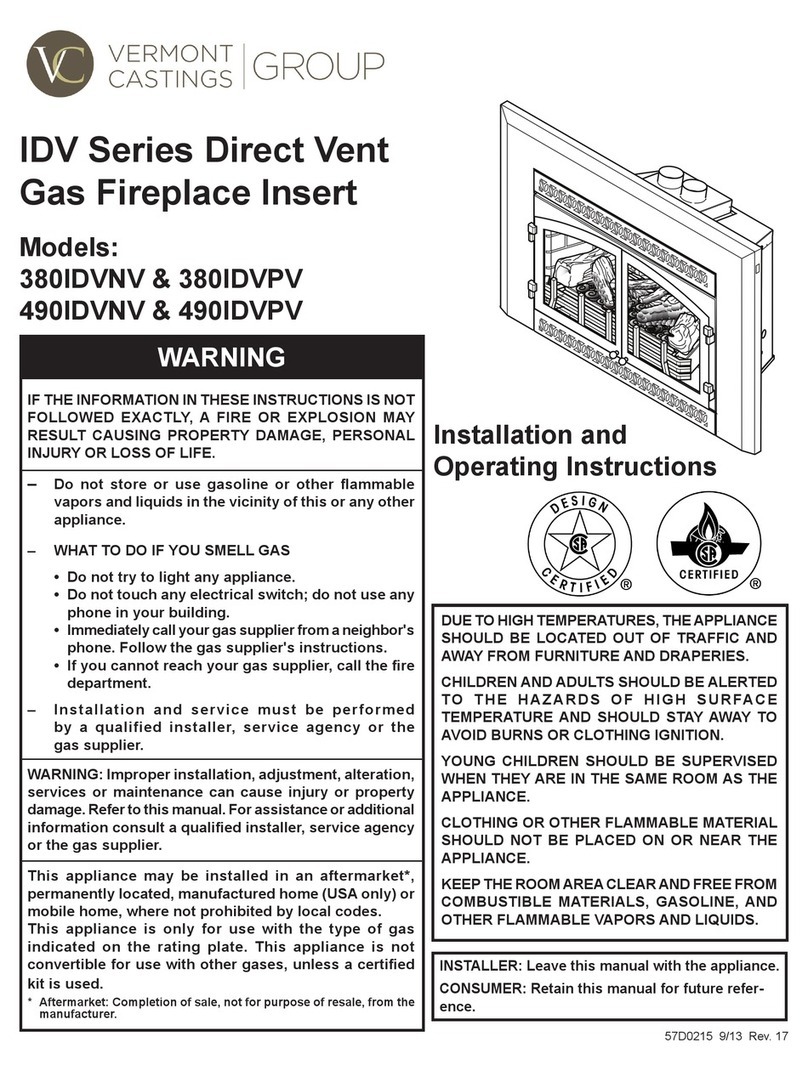15
GB
INDEX chimney. The diameter of the chimney should never
be less than that of the ue/chimney collar. For draft
requirements at nominal heat output, see technical
table
The draught increases when:
• The chimney becomes warmer than the outside air
• The active length of the chimney over the hearth
increases
• There is good air supply to the combustion
It can be difcult to obtain the right draught conditions
in case the chimney is too large relative to the stove,
as the chimney does not heat up well enough. In
such cases you may want to contact professional for
evaluation of possible measures. Draught that is too
strong can be controlled with a damper. If necessary,
contact a chimney sweeper.
Air supply
A set for fresh air supply is available as accessory.
This will ensure that the air supply to the combustion
chamber is less affected by ventilation systems,
kitchen fans and other factors which can create a
down-draught in the room. In all new construction, we
strongly recommend that it is designed and prepared
for direct supply of outside air. In older houses, the use
of fresh air supply set is also recommended. Insufcient
air supply can cause down-draught and thereby low
combustion efciency and the problems that this
entails: soot stains on the glass, inefcient use of the
wood and a soot deposits in the chimney.
For your own safety, comply with the assembly instructions.
All safety distances are minimum distances. Installation of the
stove must comply with the current rules and regulations of
the country where the product is installed. Nordpeis AS is not
responsible for wrongly assembled stoves.
The illustrations indicate the approximate centre height of
the recess for the ue. Consider possible inclination of the
ue prior to perforating the chimney. Distortions in oors
and walls may also inuence the height. Place the stove
for accurate height and positioning of the ue/chimney
connection.
Subject to errors and changes.
For the latest updated version go to www.nordpeis.com.
2. Technical information
The stoves from Nordpeis all have secondary
combustion and are clean burning. The combustion
takes place in two phases: rst the wood burns and
then the gases from the fumes are lit by the hot air.
This ensures that these new stoves have minimal
emissions of soot particles and un-burnt gases (such
as CO) and are thus better for the environment. Clean
burning stoves require a small amount of wood in order
to obtain a good heat output. Use exclusively clean and
dry wood. We recommend seasoned hardwood with a
maximum moisture content of 20%.
1. Before Installing a New Stove 15
Chimney Draught 15
Air Supply 15
2. Technical Information 15
3. Distance to Combustible Material 16
4. Assembly 16
Operating Control 16
Installation of Thermotte™ 16
Adjustment of Legs 17
Flue Outlet Collar 17
Connecting the Flue 17
Fresh Air Supply Set 17
Assembly Duo 6 soapstone 17
5. Lighting the re for the rst time 17
6. Maintenance 18
Cleaning and inspection 18
Ashes 18
Thermotte™ Insulating Plates 18
Door and glass 18
7. Warranty 18
8. Advice on lighting a re 18
Some advice in case of combustion problems 20
1. Before installing a new stove
All our products are tested according to the latest
European requirements and also to the Norwegian
standard NS 3058 and NS 3059, which include particle
tests. However, several European countries have local
regulations for installation of replaces, which change
regularly. It is the responsibility of the client that these
regulations are complied with in the country/region
where the replace is installed. Nordpeis AS is not
responsible for incorrect installation.
Important to check
(please note that this list is not exhaustive):
• distance from rebox to combustible/ammable
materials
• insulation materials/requirements between
replace surround and back wall
• size of oor plates in front of replace if required
• ue connection between rebox and chimney
• insulation requirements if ue passes through a
ammable wall
Chimney draught
Compared with older models, the clean burning stoves
of today put signicantly higher demands on the
chimney. Even the best stove will not work properly
if the chimney does not have the right dimensions or
is not in good working order. The draught is mainly
controlled by gas temperature, outside temperature, air
supply as well as the height and inner diameter of the




















